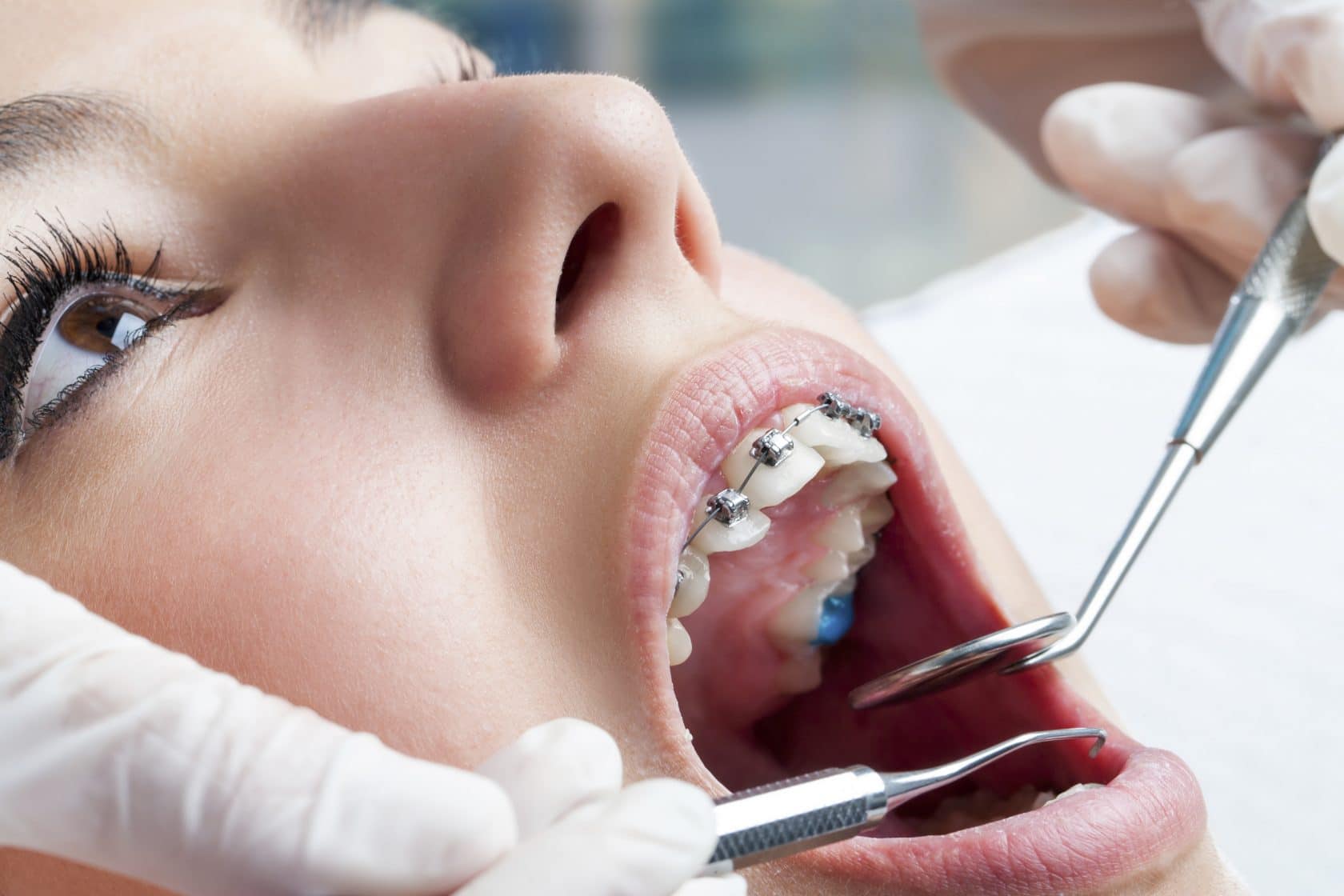Top Tips for Picking the Best Cumming Orthodontist for Braces and Aligners
Comprehensive Overview to Orthodontics Procedures for Remedying Oral Misalignments
In the world of orthodontics, the trip to achieving a completely straightened smile involves a myriad of treatments customized to correct dental misalignments. From typical braces to unseen aligners and even medical alternatives, the area of orthodontics provides a variety of services to address varying levels of dental irregularities. Understanding the ins and outs of each procedure, including their devices, benefits, and prospective disadvantages, is critical in making informed decisions about one's orthodontic treatment. As we navigate through the extensive guide to orthodontic procedures for fixing dental imbalances, the complex information of each approach will certainly unravel, dropping light on the course toward a practical and harmonious dental alignment.
Orthodontic Procedures Introduction

Along with clear aligners and typical braces, orthodontists might also suggest other treatments like headwear, palatal expanders, or retainers to deal with specific positioning concerns (cumming orthodontics). These procedures are tailored per client's one-of-a-kind needs and may entail a combination of treatments to attain the desired results. Normal adjustments and tracking are crucial parts of orthodontic therapy to ensure development gets on track and to make any needed modifications in the process. By undertaking orthodontic procedures, individuals can not only accomplish a straighter grin but likewise improve their overall oral wellness and function.
Standard Dental Braces: How They Work
When considering orthodontic treatments for oral imbalances, standard dental braces stand apart as a time-tested method for remedying teeth placing. Standard braces consist of brackets, cables, and bands that collaborate to apply continuous stress on the teeth, gradually relocating them into the wanted alignment. The braces are connected to the teeth making use of a special adhesive, and the cords are threaded through the braces. By adjusting the stress of the wires, orthodontists can regulate the instructions and pressure put on each tooth, assisting them right into appropriate placement in time.
As stress is used to the teeth via the dental braces, the bone bordering the teeth is improved to sustain the brand-new tooth placements. People will require regular adjustments at the orthodontist's workplace to ensure the braces proceed to use the proper stress for reliable teeth movement.
Invisible Aligners: Cons and pros
These clear, customized trays are virtually unseen when used, making them an appealing alternative for individuals looking for a much more cosmetically pleasing orthodontic therapy. Patients can get rid of the aligners before consuming or brushing their teeth, lowering the danger of food obtaining stuck in the home appliance and simplifying the cleansing process.

Surgical Orthodontic Options
Surgical interventions in orthodontics present practical choices for attending to complicated oral imbalances that may not be efficiently solved via standard orthodontic therapies. While invisible aligners and traditional dental braces can deal with several orthodontic concerns, particular cases need surgical intervention to achieve optimum outcomes. Surgical orthodontic choices are normally suggested for serious malocclusions, significant jaw discrepancies, and instances where the underlying bone framework needs modification to achieve correct positioning.
One typical surgical orthodontic treatment is orthognathic surgical treatment, which includes rearranging the jaws to remedy practical issues such as trouble talking or chewing. This surgery is usually done in collaboration with an orthodontist that assists align the check it out teeth prior to and after the procedure. Surgical orthodontics might likewise involve treatments to subject influenced teeth, get rid of excess gum cells, or improve the jawbone to produce a much more harmonious face profile.
Prior to considering medical orthodontic choices, clients undertake a detailed evaluation to establish the necessity and possible benefits of such treatments. braces. While surgical procedure may appear difficult, it can significantly enhance both the feature and looks of the smile in cases where traditional orthodontic therapies fail
Retainers and Post-Treatment Treatment

Post-treatment care includes adhering to the orthodontist's guidelines diligently. This may include correct dental health practices, attending follow-up visits, and putting on the retainers as suggested. Failure to adhere to post-treatment care directions can lead Going Here to regression, where the teeth progressively return towards their original positions. Regular retainer wear, excellent dental health, and routine dental examinations are crucial for maintaining the results achieved through orthodontic surgery and making sure the long-lasting stability of the remedied oral positioning.
Conclusion
To conclude, orthodontic treatments supply numerous alternatives for correcting dental misalignments. Traditional dental braces make use of metal brackets and cables to move teeth right into appropriate positioning. Invisible aligners supply an even more very discreet option however may not appropriate for all situations. Surgical orthodontic choices are offered for extra extreme imbalances. Retainers are generally made use of post-treatment to preserve the new placement. Generally, orthodontic procedures can effectively boost dental health and visual appearance.
As we navigate via the extensive guide to orthodontic procedures for dealing with dental misalignments, the complex details of each method will unravel, losing light on the course towards a unified and practical oral what do dentists do placement. - cumming braces
One of the most common orthodontic therapies is the use of dental braces, which consist of steel brackets and cables that apply mild pressure to gradually shift teeth right into the preferred setting.When considering orthodontic treatments for oral imbalances, traditional dental braces stand out as a tried and true technique for fixing teeth positioning. Furthermore, undetectable aligners might not be suitable for complicated orthodontic issues that need more significant teeth movement, as they are usually recommended for moderate to moderate cases. Retainers are tailor-made orthodontic gadgets developed to hold teeth in their dealt with settings after the conclusion of orthodontic treatment.